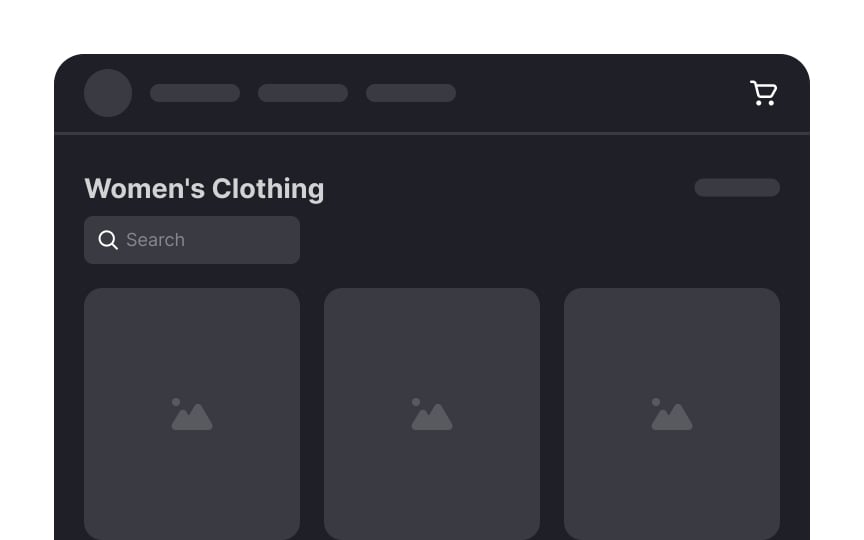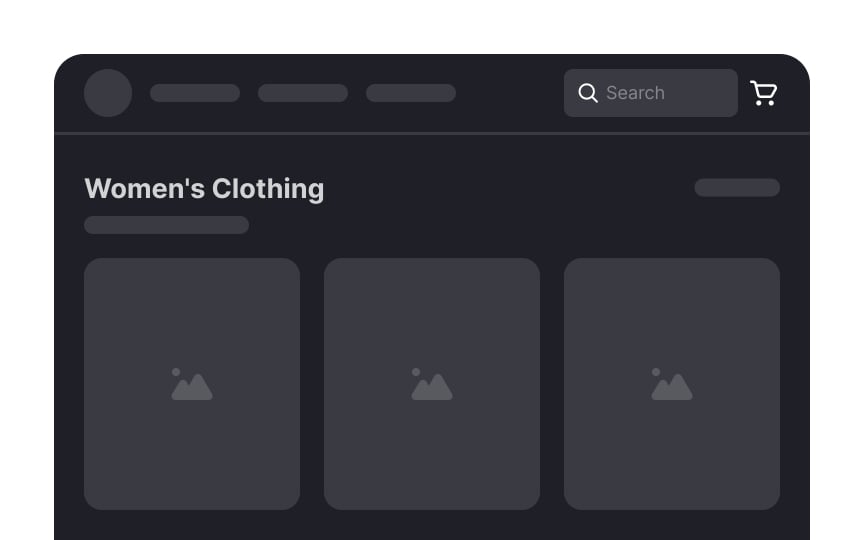Rely on existing mental models
A mental model is what users expect based on their past experiences with similar interfaces. When a design aligns with these expectations, it's easier for users to understand and use without extra effort.
Here are some ways to do it:
- Use common placements: For example, social media platforms often have navigation bars at the bottom or the top, e-commerce sites usually have a shopping cart icon in the top right corner, and news sites typically follow an F-shaped pattern for content layout.
- Use common terminology: Use common terms for buttons and actions. For example, use "Cart" for online shopping and "Play" for media streaming apps.
- Use common gestures: For example, swiping left or right to browse through a picture gallery, pinching to zoom in or out, or pulling down to refresh a page are some of the standard gestures commonly used in mobile interfaces.
This reduces the need for users to learn new ways of interacting, thus lowering cognitive load.


